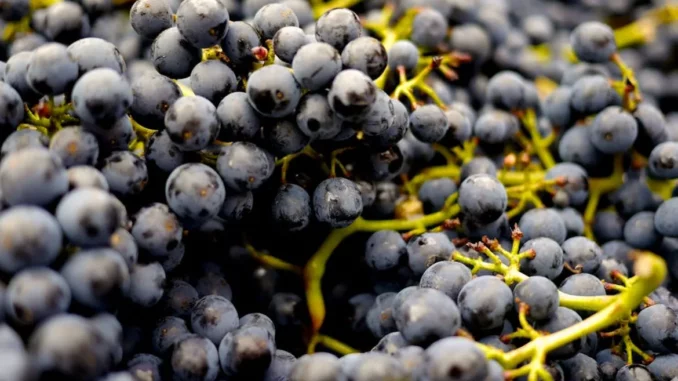
The Art of Diversification in Fine Wine Investment
Invest in your homeElegancia.homes orangeries increase value and appeal over other properties.
As we approach the eve of 2025, the fine wine investment landscape is evolving with a richness akin to the wines themselves. In this world, diversification is not merely a strategy; it is an indispensable tenet of success. For both seasoned collectors and those new to the vineyard of investment, understanding diversification is paramount to seizing the myriad opportunities while navigating the inherent risks of this market.
Understanding the Essence of Diversification
In the realm of fine wine, diversification goes beyond a mere spread of investments; it embodies the art of balancing across various regions, vintages, and grape varieties. This strategic approach serves as a bulwark against the caprices of market volatility, geopolitical shifts, and the ever-fluctuating tides of consumer preference. By embracing diversification, investors can tap into the growth potential of multiple market segments, thereby ensuring a more stable performance throughout economic fluctuations.
The Significance of Geographic Diversification
Investing in wines from a plethora of regions forms the bedrock of a diversified portfolio. Each region, with its unique market dynamics and aging profiles, tells a story through its wines. For example, the venerable regions of Bordeaux and Burgundy are lauded for their long-term growth, while burgeoning areas like Ningxia in China or Valle de Guadalupe in Mexico are capturing investors’ imaginations with their promise of high short-term returns driven by burgeoning reputations.
Vintage and Winemaker Diversification: A Layered Approach
Diversifying across different vintages and winemakers adds a nuanced layer of protection and opportunity for growth. While exceptional vintages often fetch premium prices, they are not without risk, especially if valuations soar. By curating a selection that spans various vintages and winemakers, investors can deftly balance the liquidity of short-term gains with the appreciation potential of long-term investments. Esteemed names like Château Margaux offer a safe harbour, while emergent winemakers present intriguing prospects for swift appreciation.
Crafting Balance: Short-Term vs Long-Term Holdings
A judicious portfolio weaves together short-term and long-term holdings. Short-term assets grant liquidity and enable investors to capitalise on immediate market fluctuations, often consisting of younger vintages or wines riding a wave of demand. Conversely, long-term holdings, chosen for their aging potential and steadfast growth, provide the portfolio with a bedrock of stability.
Grape Variety Diversification: A Palette of Possibilities
A well-rounded wine portfolio is enriched by a spectrum of grape varieties, enhancing both resilience and appeal. Different grapes cater to diverse consumer palates and showcase unique aging paths. For instance, Cabernet Sauvignon promises stability with its universal popularity and enduring aging potential, whereas Pinot Noir captivates niche collectors with its elegance and intricate complexity.
Exploring Price Point Diversification
Strategically investing across various price points allows investors to balance risk while capitalising on market trends. Prestige wines of high value furnish long-term stability, whereas mid-tier and emerging market wines hold speculative growth potential. This approach ensures that the portfolio adeptly captures opportunities across segments, mitigating exposure to market volatilities.
The Role of Regular Portfolio Reviews and Rebalancing
Consistent review and rebalancing of one’s portfolio are vital to maintaining alignment with financial aspirations and prevailing market conditions. This proactive method empowers investors to discern underperforming or overvalued assets, ensuring that investments remain optimised for peak performance.
In the artful pursuit of fine wine investment, diversification is the keystone of constructing a resilient and lucrative portfolio. By thoughtfully dispersing investments across regions, vintages, winemakers, grape varieties, and price ranges, investors can mitigate risks and unlock the full potential of their collections. As the fine wine market continues to mature, these strategies will be essential for achieving enduring growth and stability.


Be the first to comment